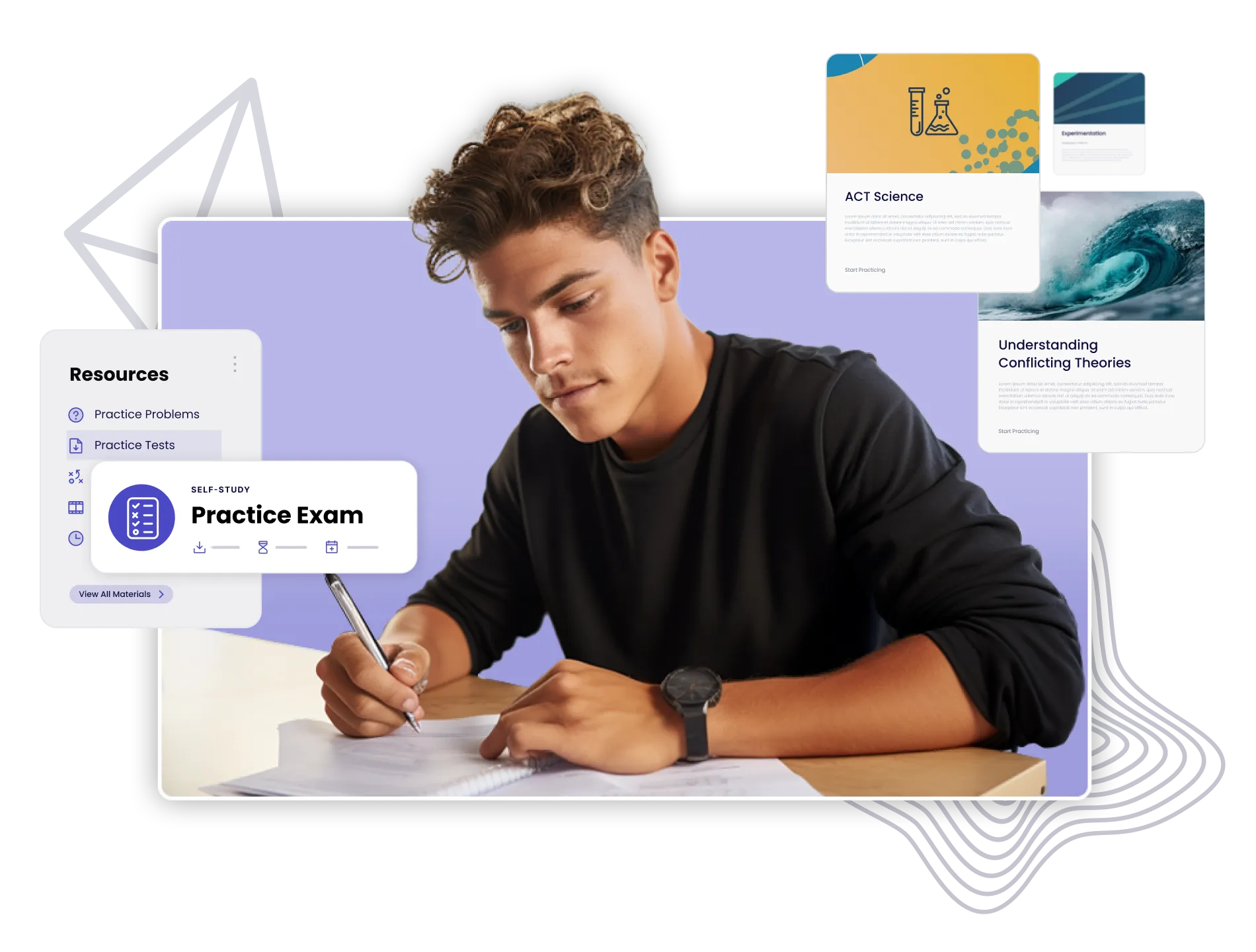Tips For Visiting College Campuses

Summer is college visit season, as families of high school students pack up the car and drive to faraway campuses to help rising sophomores and juniors begin their school selection process and rising seniors finalize and prioritize their lists for application season. How can you get the most of those visits? In an ongoing Varsity Tutors series of webinar events with top admissions officers, the following six pieces of advice stand out as consistently useful for families:
1. Take “practice visits.”
Before you visit campuses trying to find “the” school for you, it can be incredibly helpful to just go visit “a” school first. Find a nearby school–whether you’re interested or not–and do a campus tour so that you know what the experience is like: what questions do people ask? What do you see and not see on a tour that would be helpful knowledge in choosing a school? What else are people visiting that school doing while they’re there as part of their research?
Taking a “practice visit” will help you plan for a more meaningful experience when you do choose to travel for your one shot to experience a school that could be your final choice.
2. Research before you go.
A school visit is an investment of time and money; reading school websites and reviews isn’t. So before you head to campus, you should already have the easy questions answered so that you 1) can spend your time digging deeper than surface-level questions and information, and 2) you can build a plan for the unique features of that school you want to explore.
The more you know ahead of time, the better you can tailor your experience to the things that will matter to you. You can visit the buildings most of your classes will be in, drop by performances or activities of the organizations you’d want to join, and meet students who are living the life you might soon live yourself. Doing research before you go makes the experience that much more meaningful.
3. Be clear about criteria.
A lot of things will stand out as noticeable to you on your visit…but many of them won’t be a part of your college experience, at all. You may remember the weather on the day you visited, the dinner you had at a restaurant off campus, the people you walked next to on the tour, or the dynamics in your family on the road trip to get there. But if you go to school there, the weather will vary, you won’t often at at off-campus restaurants, you won’t likely see the students from the tour again, and your family won’t be driving you to school every day.
So be sure to identify and consider the criteria that do really matter for your college experience. This is where up-front research is so important so that you establish what you really want to look for, and why it is so important to write down your thoughts on those key criteria within 24 hours of your visit so that the lasting memories aren’t notable but irrelevant sights, sounds, and smells that you just happened to encounter that day.
Did you know?
Varsity Tutors Learning Members have access to a series of guided admissions activities, including those on establishing school criteria and creating school lists.
4. Plan ahead.
You can learn a lot about a school from just walking around soaking it all in. But you can learn even more by combining that casual campus walk with organized events like tours, info sessions, and class visits. And those official events can fill up in advance or take time to schedule, so it’s important to schedule your visit ahead of time so that you can take full advantage.
And while there’s no bad time to visit a campus, you may find that special events give you a skewed opinion of what a day in the life is really like. If you drop in on a moving-in or moving-out day, you’ll see a vastly different scene than on a normal one. Summer events can also transform a campus: if you visit the University of Michigan during the Ann Arbor Art Fairs, for example, you’ll have a hard time finding parking and get a view of the campus area that’s only really accurate for 3 out of 365 days.
5. Split the family.
Most students visit campuses with at least one of their parents, if not the entire family. And that can make it awkward for both student and parent alike when it comes to asking questions, networking with others on the tour, and getting a completely authentic view of what matters to them.
So consider splitting up on different tours and comparing notes afterward. That way parents can ask questions without fear of embarrassing their students, students can ask questions or talk to other students without feeling restricted by the watchful eye of parents and siblings, and with two different tours’ worth of insights you’ll have that much more information to discuss together.
6. Talk to students.
Admissions offices aren’t just there to evaluate applicants; in fact, their primary function is as a marketing arm of the university, encouraging lots of students to apply so that they have more excellent candidates to choose from. So when you go on your campus tour, you’ll see all the best things the school has to offer–it’s their mission to show off how great they are.
If you’re able to chat up students you happen to encounter on campus, however, they can give you an even more authentic view of what campus life is like. How hard is the coursework? What do they wish were better or different? How easy is it to get into your desired classes or majors? Current students can offer a unique, unfiltered perspective to add to your holistic understanding of what you can expect. Obviously one student’s opinion is just that–one point of view–but if you can have a handful of casual conversations and incorporate that information with what you learn from your tour, class visits, and overall people-watching and campus wandering, you’ll have a much deeper and realer understanding of what that school is really like.

